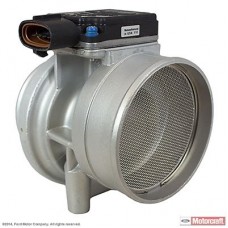For reference, a typical throttle body is shown below....just a simple butterfly on a shaft in a bore.
Over the years, I've heard people say there is more to these than meets the eye. The precision, the fits, etc.
So...if I could bore a piece of aluminum within .001" and make or buy a plate, drill and ream the shaft holes etc. would I wind up with a decent throttle or a piece of junk?

Over the years, I've heard people say there is more to these than meets the eye. The precision, the fits, etc.
So...if I could bore a piece of aluminum within .001" and make or buy a plate, drill and ream the shaft holes etc. would I wind up with a decent throttle or a piece of junk?




